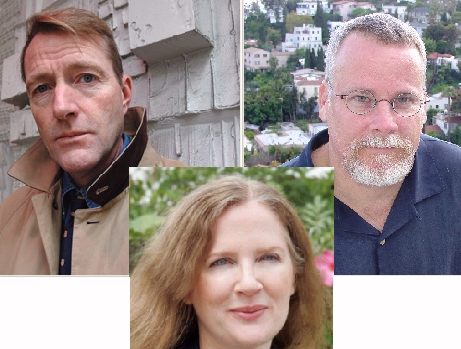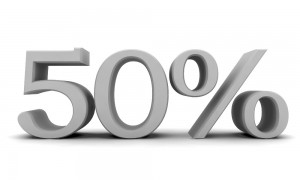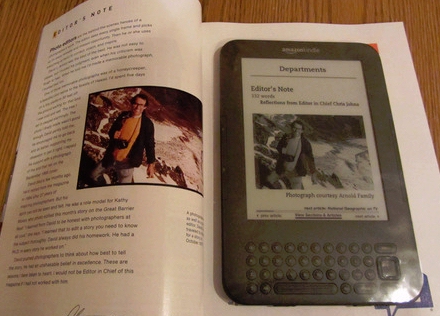
Jeff Bezos doesn’t talk about “the Kindle.” Instead, he seems to say just “Kindle.” I spent an hour listening to the Amazon CEO speaking to shareholders, and I noticed this subtle difference. (“We started working on Kindle almost 7 years ago… When we launched Kindle less than four years ago, we launched Kindle with only 90,000 titles…”) So I went to the Kindle Boards — an online discussion forum about the Kindle — and asked the regulars if it sounded strange to them.
Someone offered a good explanation, that Bezos was referring not just to the device — the Kindle itself — but to Amazon’s entire project. (Like establishing the wireless connections, and creating an Amazon store filled with e-books.) Kindle is a brand — like Volkswagen or Pepsi — so while a single instance could be “my Kindle” (or “my Volkswagen” or “my Pepsi” ), you’re still talking about a larger concept — Volkswagen, Pepsi, and Kindle.
And of course, there were also some other funny responses in the forum.
it’s a great gadget, but it’s not some sort of celestial artifact that can be referred to only as “The Kindle.”I always refer to it as “My Kindle”. -Just in case anyone gets any ideas about wanting to share
Honestly, around here it’s referred to as “that thing…you know…I read on it…THE THING…”
My Kindle is “Eleanor.”
It’s a question that may come up again. Amazon’s rumored to be building a new tablet-sized color Kindle — and if they do, they’ll have to come up with a good name for it. Today on a blog about Android devices, someone left a comment suggesting that they call it “The KPad.” And that’s probably catchier than if Amazon called it the A-Pad.
Maybe that just illustrates the problems you have trying to make names out of abbreviations. Even the word “blog” is an contraction that’s leftover from the early days of the internet, when online link aggregators were referred to as web logs. I heard that when the word was first coined, someone had joked that if you moved the space, it’d spell “we blog” — and the name stuck! (So does that mean that a Kindle blog is a…..Klog?)
It’s possible to think too much about where names might have come from, and someone once even argued that the name of this blog — “Me and My Kindle” — was terribly ungrammatical. (They posted “My Kindle and I, dummy,” as a comment on this blog’s page at Amazon.com). It took four months, but in April someone finally posted the perfect comeback.
“That depends if he is saying ‘My Kindle and I went shopping together,’ or ‘This blog is about Me and My Kindle!'”



























